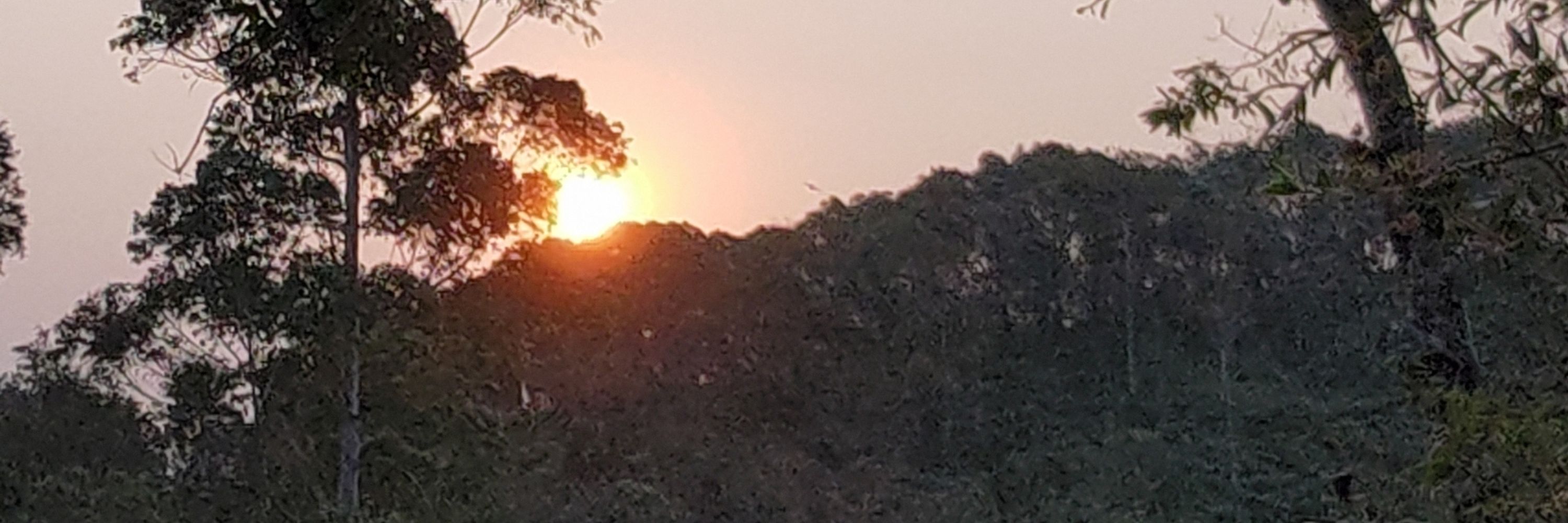
- Criado, 2025. youtu.be/BsbjFzhqQe8
- DOH, 2025. doh.wa.gov/newsroom/gra...
- Kondo et al., 2025. doi.org/10.1155/tbed...
10/10

- Criado, 2025. youtu.be/BsbjFzhqQe8
- DOH, 2025. doh.wa.gov/newsroom/gra...
- Kondo et al., 2025. doi.org/10.1155/tbed...
10/10
- Damodaran et al., 2025. doi.org/10.1038/s415...
- Gazik et al., 2025. doi.org/10.20944/pre...
- Kondo et al., 2025. doi.org/10.1155/tbed...
- Sullivan et al., 2025. doi.org/10.1139/cjm-...
13/13

- Damodaran et al., 2025. doi.org/10.1038/s415...
- Gazik et al., 2025. doi.org/10.20944/pre...
- Kondo et al., 2025. doi.org/10.1155/tbed...
- Sullivan et al., 2025. doi.org/10.1139/cjm-...
13/13
#COVID19 #SARSCoV2 #VaccinationImpact #GenomicSurveillance #PublicHealth #Genomics #Brazil
4/4
• Tocantins acted as a genomic “variant corridor” linking North and Central-West Brazil.
3/4
• Tocantins acted as a genomic “variant corridor” linking North and Central-West Brazil.
3/4

